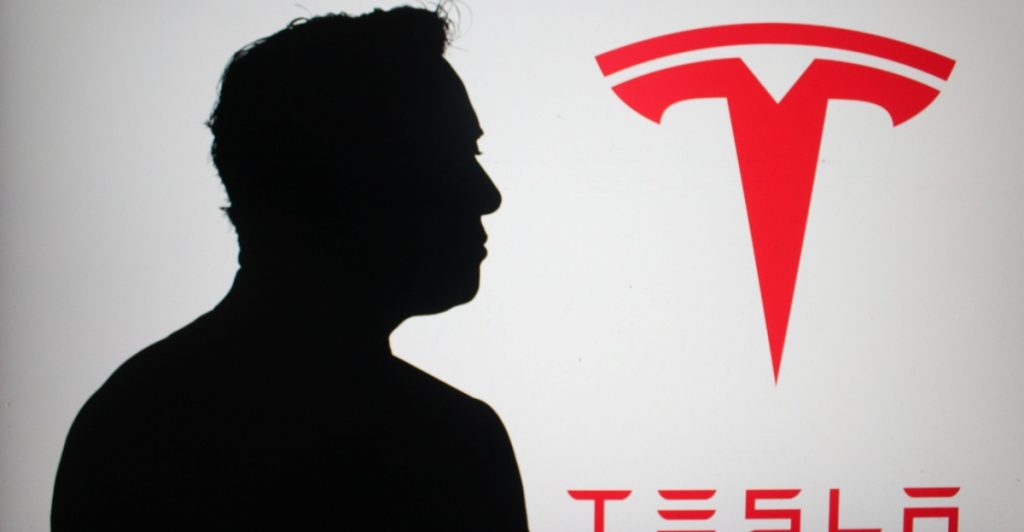Tesla’s long-promised autonomous taxi is finally approaching the production line.
Others are reading now
Tesla’s long-promised autonomous taxi is finally approaching the production line. CEO Elon Musk told investors at the company’s annual meeting on Thursday that the Cybercab, a two-door, fully self-driving vehicle, will begin production at Tesla’s Gigafactory Texas in April 2026.
A car without a driver
The Cybercab, first unveiled during last year’s “We, Robot” event, is designed to operate with no steering wheel, pedals, or human driver. It will run on the same computing systems and sensors that currently power Tesla’s “Full Self Driving” software, though in existing vehicles that software still requires driver supervision.
Whether the Cybercab can operate without manual controls will depend heavily on regulatory approval. “If we have to have a steering wheel, it can have a steering wheel and pedals,” Tesla chair Robyn Denholm told Bloomberg last month.
Rethinking the assembly line
Tesla says the Cybercab’s production process will differ dramatically from traditional car manufacturing. Using what Musk calls the “Unboxed” method, various sections of the vehicle will be built separately and then assembled at the end, rather than along a conventional moving line.
“Manufacturing for the Cybercab is closer to a high-volume consumer electronics device than a car manufacturing line,” Musk told shareholders. He claimed the system could allow Tesla to produce one vehicle roughly every ten seconds—a pace far faster than typical auto production cycles.
Also read
If achieved, Musk said the process could eventually support output of up to five million units a year. Still, the CEO’s history of optimistic timelines means many analysts are taking those numbers cautiously.
Ambition meets reality
The announcement comes just as Tesla shareholders approved Musk’s record $1 trillion compensation package, which ties his pay to several ambitious milestones—including deploying 10 million robotaxis and selling 20 million vehicles within a decade.
While Tesla remains the most valuable automaker in the world, investors are watching closely to see if the Cybercab project can turn into a profitable venture. For Musk, the robotaxi has long been a cornerstone of his vision for Tesla’s future—and the start of production in 2026 could determine whether that vision finally becomes reality.
This article is made and published by Asger Risom, who may have used AI in the preparation


